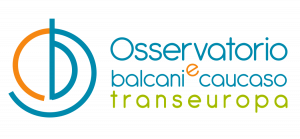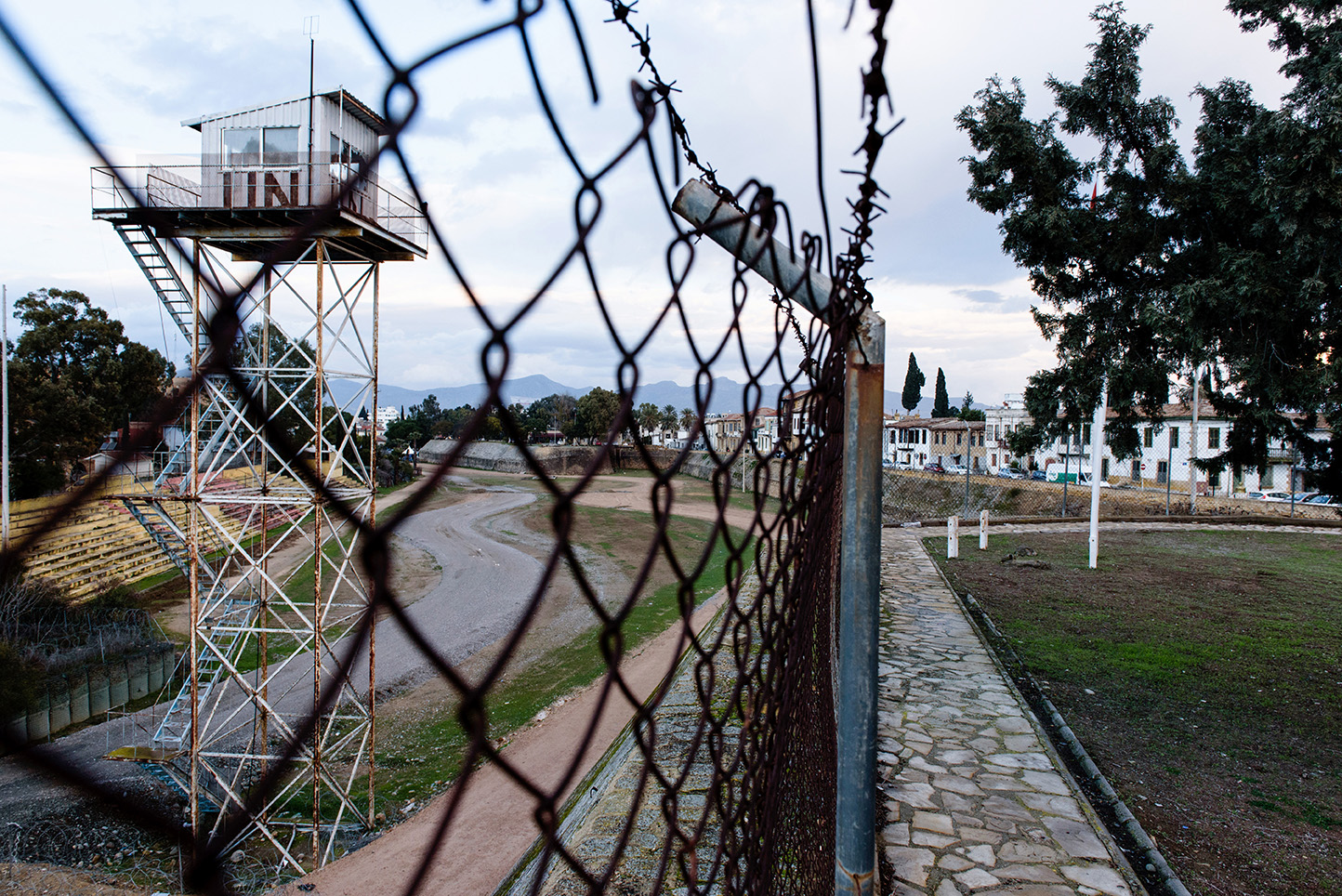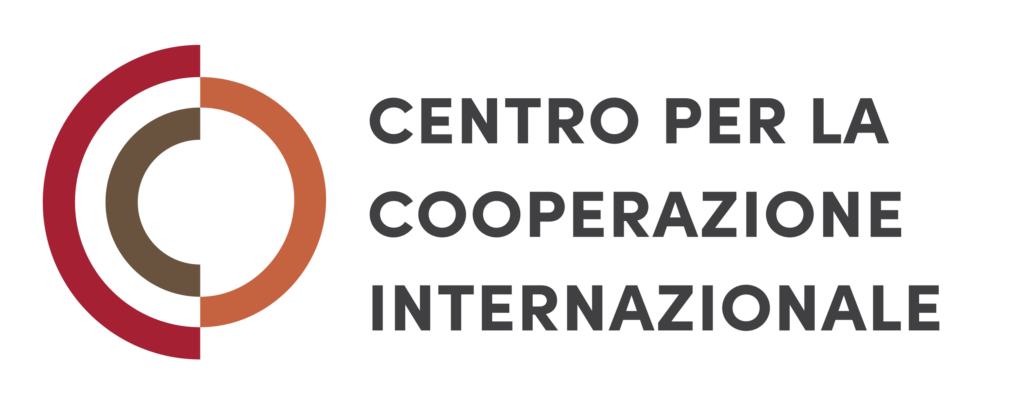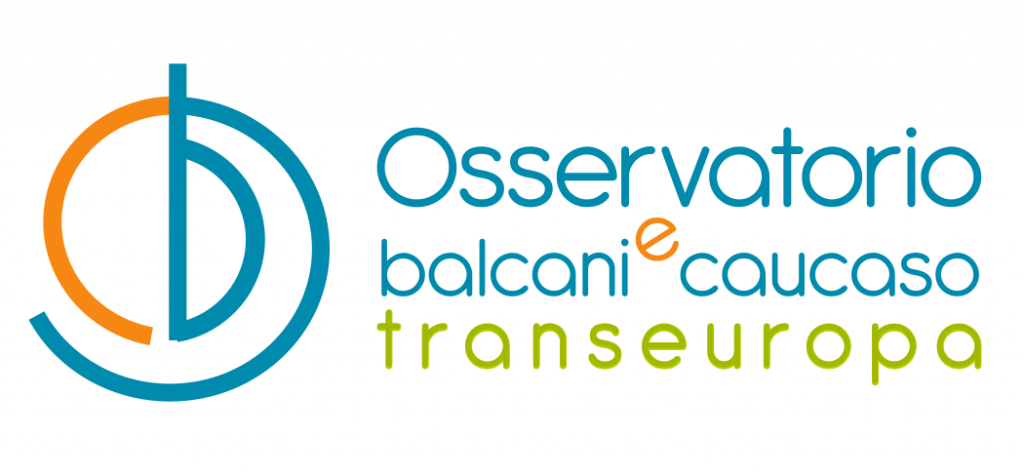Armenia: towards equal opportunities in the labour market
Overcoming gender inequalities in the labour market in Armenia is a long-standing challenge. However, some promising changes have occurred in recent years, from a stronger participation of women in various sectors to efforts to overcome systemic barriers and change social perceptions

Armenia-verso-le-pari-opportunita-nel-mercato-del-lavoro-1
Armenia, worker at job © Wirestock Creators/Shutterstock
Among the stories of women who try to change reality by fighting with determination for their rights there is also that of Liana Harutyunyan, a software developer.
As a woman in the IT sector, Liana, a graduate of Yerevan State University’s Faculty of Informatics, has faced persistent, yet subtle, discrimination in the past.
“I was 28, newly married, and left my job when my child was born. Five years later, when I decided to return to work, I encountered one obstacle after another”, recalls Liana.
“Companies would invite me for interviews, everything would go well, but then I would receive a negative response without any explanation. At a certain point, after yet another refusal, through a friend, I learned that companies simply preferred male candidates, even when we women had equal or better qualifications”.
But Liana did not give up. She continued to apply for different jobs, worked hard to improve her skills, and eventually started collaborating with international companies. Today, she is a successful freelance developer.
“It was difficult at first, but now I see a real change. More and more women are joining teams and the atmosphere is becoming more inclusive. Even local startups are realizing that quality and professionalism have no gender”, concludes Liana.
Another story is that of Ani Mkrtchyan, 35, who works as a seamstress.
Ani lives in a rural area, in Armenia’s Aragatsotn province, and she struggled to get a loan to start a small business.
“I applied to several banks, presenting my skills and a solid business plan, but they always rejected my request, simply because I was a woman. They did not believe a female entrepreneur could succeed”, explains Ani.
“There was a time when I really thought I was doomed to remain unemployed. People did not trust me. I began to believe that, as a woman – especially living in a rural area – my only options were working in the fields and milking cows. I was ready to give up”.
Then one day she saw a post on Facebook about a regional development program looking for women with entrepreneurial ideas. The program included a training course and the possibility of applying for funding. Ani did not hesitate: she applied, was selected, and today she runs a small tailoring atelier.
“A business consultant helped me through the process, then I presented my work at a local fair. This experience made me feel so confident in myself. I started with simple tailoring repairs, but now I plan to expand the business. This time I am sure I will succeed”, says Ani with a smile.
The numbers are changing
In Armenia, women make up nearly 45% of the workforce. While still far from representing true gender equality, the figure is indicative of a steady growth in female participation in the labour market. Although a gender gap persists, a positive trend has been observed in recent years, especially in the public sector and in branches where female employment is increasing.
The government in Yerevan recognizes the fundamental role of women’s participation in the economy. The National Employment Strategy for 2025-2031 places particular emphasis on reskilling women and supporting their reintegration into the labour market.
Additionally, projects supported by the government and international partners are being launched in several regions of Armenia to encourage women’s entrepreneurship, provide training and increase employment opportunities.
Reducing the gender pay gap
Recently, the Ministry of Labor and Social Affairs of Armenia decided to prioritize efforts to facilitate the return of women to the workforce. According to deputy minister Ruben Sargsyan, women who stop working to raise children often find their skills obsolete upon returning.
“Although women represent the majority of university graduates in Armenia, many of them return to a job market that no longer matches their qualifications. As a result, they are often forced to accept low-skilled and poorly paid jobs”, explains Sargsyan.
Aware of the need to combat this phenomenon, the ministry has implemented several long-term programs to reduce unemployment, specifically aimed at women in this situation. Some public programs aimed at other vulnerable groups of women have also been launched.
In recent years, the gender pay gap, while persisting, has narrowed. Reports show that today in Armenia working women on average have higher levels of education and more experience than their male colleagues. This means that, under equal conditions, women could quickly regain their position in the labour market.
Tag: Women









